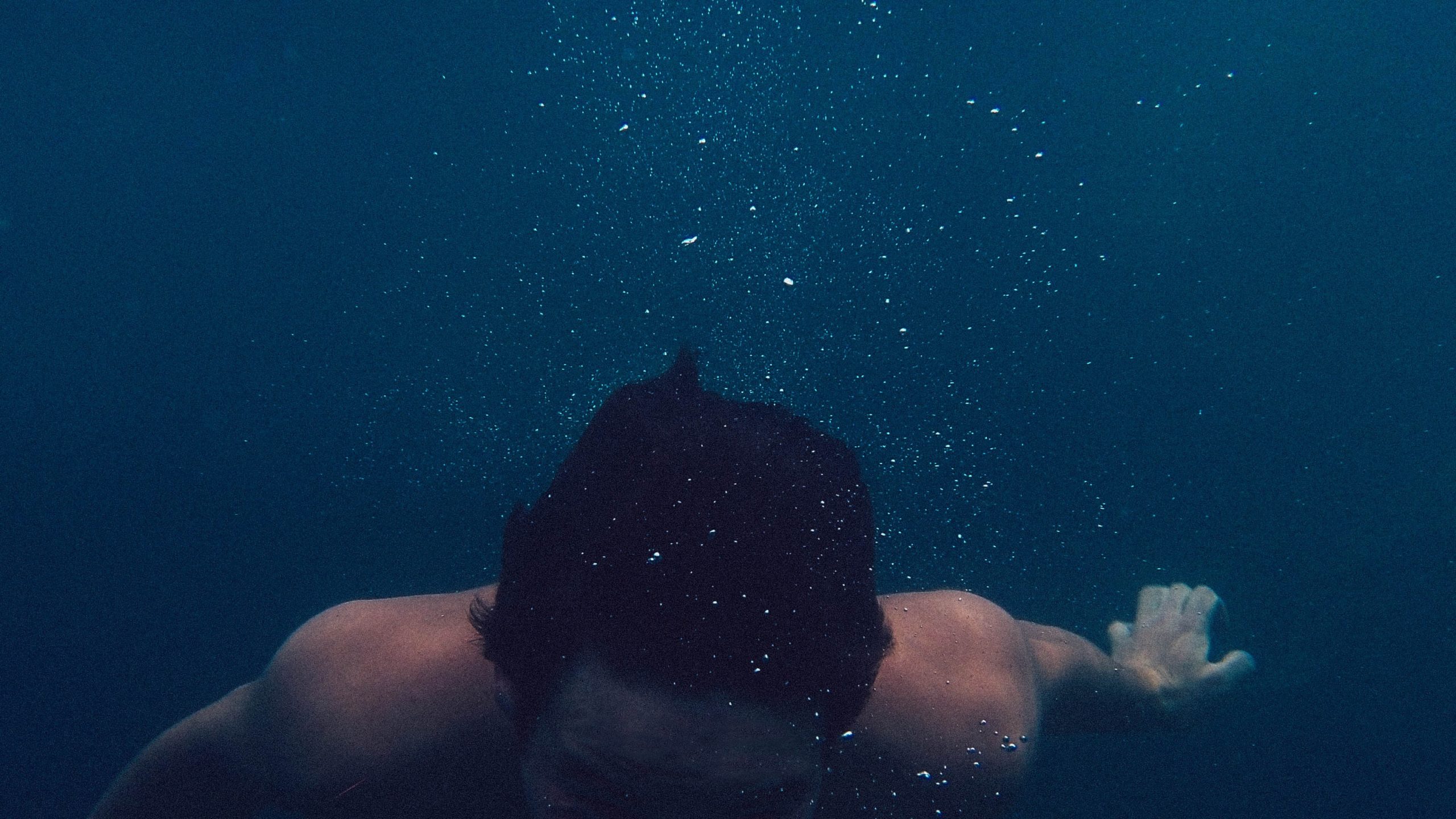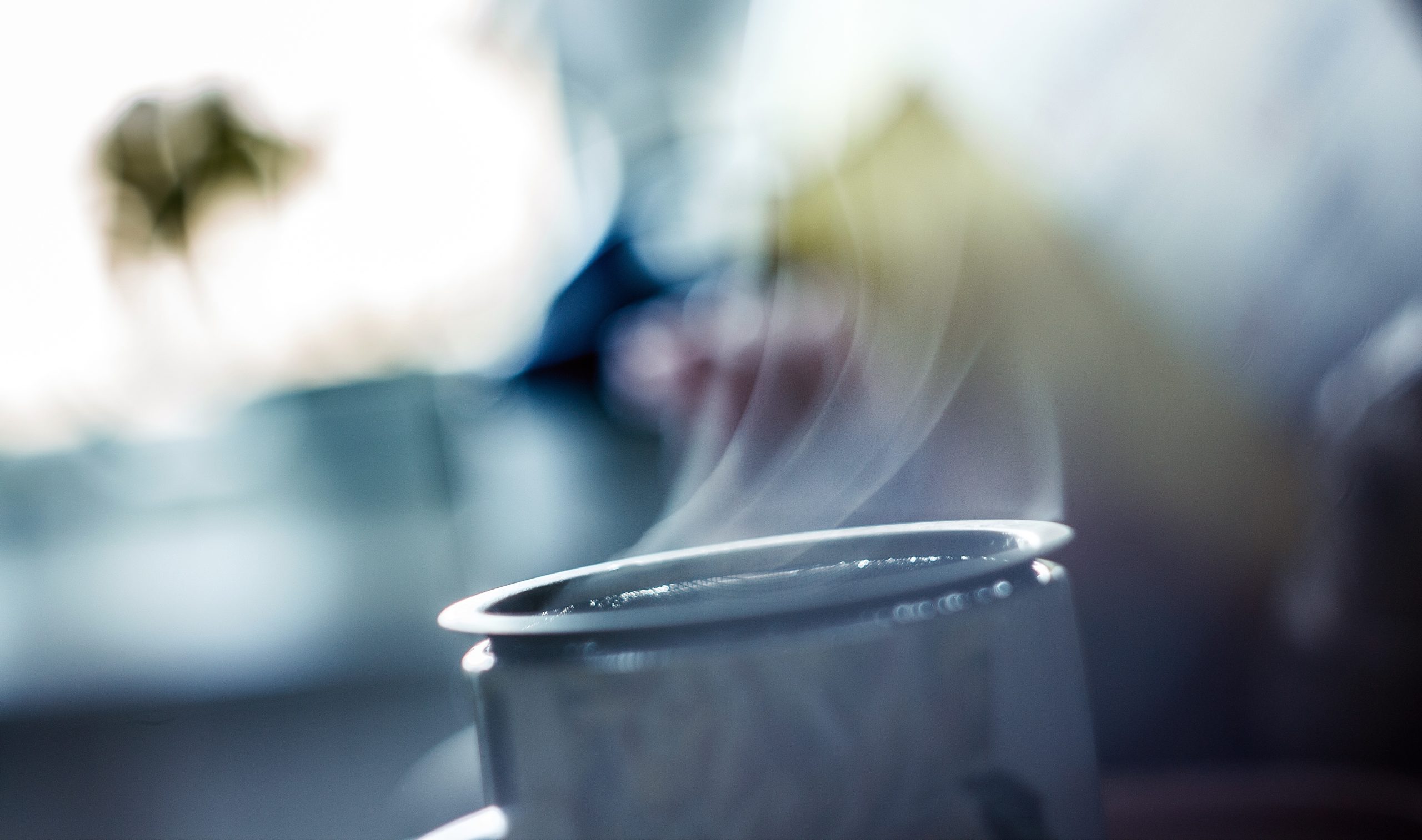Your health is a huge contributor to how productive you can be throughout the day.
If you’re eating and exercising and feeling healthy, you’ll likely be motivated and highly productive. However, if you’re sick or only survive on a diet of high fructose corn syrup, you probably won’t feel like doing that much throughout the day.
In the modern world, most people know that if they’re feeling ill or fatigued, they should get some rest, drink some tea, and eat something high in antioxidants. Back in the day, though, this information wasn’t common knowledge.
In the spirit of Throwback Thursday, I’m sharing with you six weird health beliefs from the 18th, 19th and 20th centuries that definitely didn’t help anyone’s productivity.
1. Bleeding gets diseases out
This health myth is one of the more well-known practices of the 1900s (and earlier).
“Bloodletting” is the practice of making an incision in someone and draining out some of their blood, originally with the idea that evil spirits caused diseases and that draining the blood of a diseased person would let the spirits out.
Throughout history, bloodletting was used to relieve all sorts of ailments, from sickness to headaches to high blood pressure (Contrary to that popular belief, you cannot reduce the pressure of your blood by draining some of it out of you).
Today, we know that losing blood almost never results in anything good and, in fact, can actually cause you to feel much worse. But back in the day, it was common practice to be bled even if you weren’t feeling sick – it was simply considered good preventative care.
2. You’ll get sick if you bathe, especially in hot water
Most people didn’t bathe in the 1700s. Not only because they didn’t have indoor plumbing, but also because they were positive that bathing led to diseases. Why?
Much like today, health authorities of the 18th century knew that warm water could help open up your pores. However, they took this to mean that bathing (ESPECIALLY bathing in warm or hot water) opened up one’s pores, leaving room for diseases to get into the body.
Not only did they fear that diseases would seep in through the water touching their pores, but they also feared that their opened pores would make them vulnerable to airborne illnesses as well.
3. Mercury cures lice
I’ve personally never had head or body lice, but I imagine it’s a real productivity killer.
And how can you get rid of lice and get back to maximum productivity? Rub some mercury on yourself! At least, that’s what your 18th century doctor would have told you to do.
Today, we know that exposure to mercury is incredibly dangerous and causes severe health complications. But this wasn’t common knowledge in the 1700s, and people suffering from a lice infestation believed that ingesting or rubbing mercury on you would kill off the lice – and it did. But you had a good chance of dying from mercury poisoning, too.
4. Radioactive stuff is good for you
Now recognized as incredibly harmful for your health, radium used to be viewed as a preventative tool against sickness in the 1900s. Part of this idea stemmed from the believed healing powers of hot springs.
Levels of radiation were discovered in several well-known hot springs and, thus, radioactive water became a health fad. Not only that, but pendants made of radium, uranium blankets and anti-aging radioactive cosmetic products were marketed for their healing properties.
Reportedly, one Pittsburgh resident swore by the curative powers of radium, and drank up to three bottles of radioactive water a day. His death inspired this rather interesting article.
5. Tar water and toads cure asthma
John Wesley, who wrote “An Easy and Natural Method of Curing Most Diseases” in the 1700s, had several recommendations for curing both “moist” and “dry” asthma.
According to Wesley, moist asthma was characterized by difficulty breathing – and a lot of spit. Dry asthma, on the other hand, was characterized by convulsive movements.
To treat moist asthma, Wesley recommended drinking tar water, sea water or quicksilver (liquid mercury). However, he also said that surviving on boiled carrots only for two weeks was a never-fail strategy.
For dry asthma, however, he found that the ailment could be effectively treated with dried and powdered toad. I’d rather not think about how you dry and powder a toad, but after you do that you can supposedly make small pills out of your toad dust and they will stop your asthma attacks.
6. Put orange peels up your nose to cure a cold
This is another medicinal finding of Wesley, who said that a “cold in the head” could be remedied by thinly slicing the rind of an orange, rolling it up “inside out” and placing a circular orange peel in each nostril.
I don’t really see any harm in doing this, but I also don’t believe there is any proven medical evidence to support its potential to cure a head cold. You can try it next time you’re sick, though, if you really want to.
Now that we’ve traveled back in time to explore these bizarre health myths, you can be glad that you’re living in 2014 and have yourself a productive rest of the day.
Images by Vadim Sherbakov, Jacob Walti and Zugr
Recent Stories
Follow Us On
Get the latest tech stories and news in seconds!
Sign up for our newsletter below to receive updates about technology trends
















